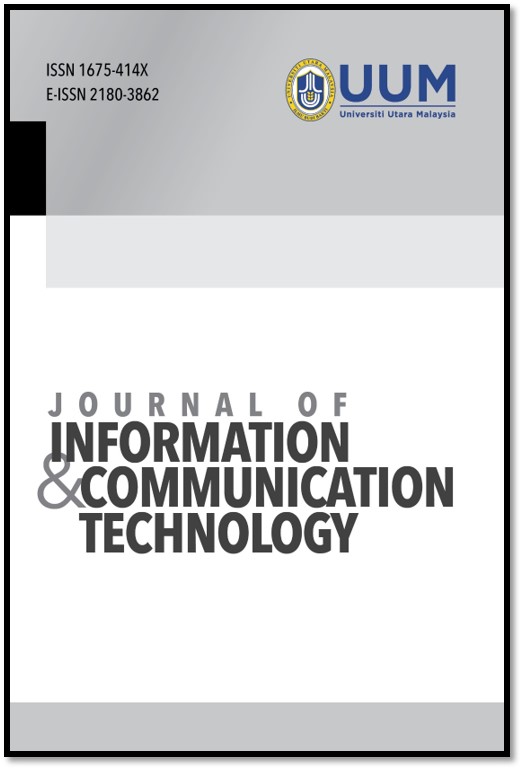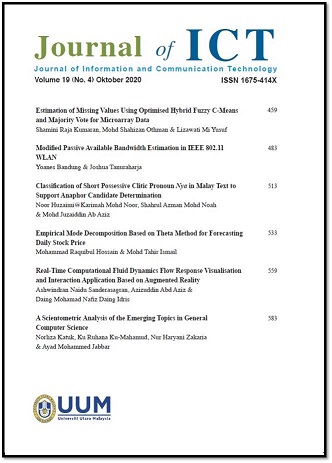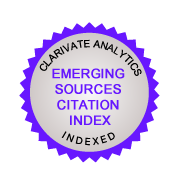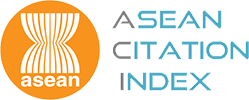COMPARISON OF MCDM METHODS FOR INTERCROP SELECTION IN RUBBER PLANTATIONS
Keywords:
Analytic hierarchy process, intercrop plant, multi criteria decision makingAbstract
This paper describes research undertaken on the use of multi-criteria decision making (MCDM) techniques for decision making in the agricultural sector, specifically in rubber plantations. Data about land quality, nutrient levels, intercropping plantings and crop rotation can be analyzed to enable effective decision-making for the sustainable development of agricultural land. One primary factor in the achievement of high crop production levels is the abundance of nutrients in the soil. By evaluating the fertility of the soil, and analyzing the level and constituents of soil nutrients, the suitability of the land for the needs of particular plants can be determined. Crop rotations, and particularly intercropping practices and plant types, can be effectively planned to balance soil nutrient use. Wrong or poor choices in these practices can significantly affect the main crop, with the associated negative economic consequences. The objective of this research was to compare the use of three multi-criteria decision making methods for their effectiveness in providing decision criteria for choosing intercrop plants among rubber trees in plantations. The three methods include (1) the analytic hierarchy process (AHP), (2) the technique for order preference by similarity to ideal solution (TOPSIS), and (3) simple additive weighting (SAW). The AHP method was shown to be the most appropriate decision making approach for this purpose.
Additional Files
Published
25-05-2016
How to Cite
Srisawat, C., & Payakpate, J. (2016). COMPARISON OF MCDM METHODS FOR INTERCROP SELECTION IN RUBBER PLANTATIONS. Journal of Information and Communication Technology, 15(1), 165–182. Retrieved from https://e-journal.uum.edu.my/index.php/jict/article/view/8179
Issue
Section
Articles

 2002 - 2020
2002 - 2020


























